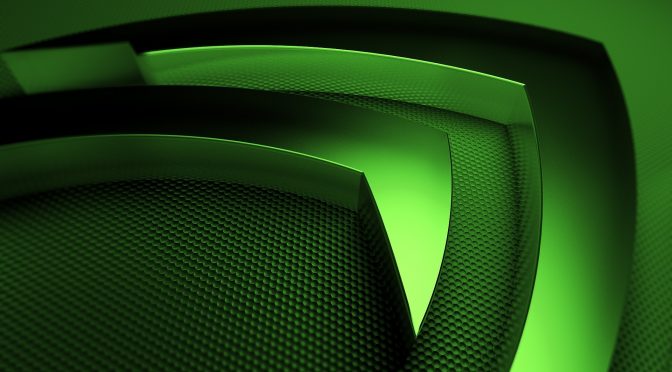Now here is an interesting rumour. Videocardz has reported that NVIDIA may release a GTX1160 GPU alongside the RTX2060 graphics card in mid-January. Since this is a rumour, I strongly suggest taking everything you are about to read with a grain of salt.
NVIDIA may split branding into GeForce RTX and GeForce GTX series. As you’d suggest, the RTX series will be able to support Ray Tracing while the GTX series will be more “traditional” GPUs based on the Turing architecture. According to the rumour, the GeForce RTX 2060 will feature a TU106-200 GPU while the GeForce GTX 1160 will feature TU116.
Last but not least, the GTX1160 will be called GeForce GTX 1660Ti and its marketing material mentions ‘Turing Shaders’ instead of ‘Ray Tracing’.
Kudos to our reader Metal Messiah for bringing this to our attention.
In unrelated news, Turing owners can download the improved Asteroids tech demo from here. As NVIDIA noted, the NVIDIA Asteroids application can achieve very high frame rates by moving key performance bottlenecks of object list processing off of the CPU and into highly parallel GPU mesh shading programs.
“Starting from an extremely large dataset comprising trillions of potentially visible triangles at any given time, the shaders efficiently eliminate primitives that will never be seen and shade only those contributing to the pixels displayed.
In the demo, each individual asteroid model consists of a sequence of 10 levels of detail, with the highest level containing up to 6 million triangles. This extreme amount of geometric detail allows the largest asteroids (several kilometers in size) to retain a very detailed look, even when the player is flying extremely close. Activating “Visualize LOD levels” paints each asteroid with a color based on its current LOD, showing how the mesh shaders transition smoothly between LODs. Finally, you can also turn off the dynamic LOD system, and then be able to select the display of any of the first 7 levels of detail.
In addition to dynamic LOD, mesh shading also allows the implementation of smart culling systems, greatly improving rendering efficiency. Culling takes place hierarchically in the demo.
First, the task shader checks the entire asteroid for visibility and determines which LOD(s) to use. Sub-parts or meshlets are then tested by the mesh shader. Finally, the remaining triangles are culled by the GPU hardware. Prior to the arrival of the Turing architecture, GPUs would be forced to cull every triangle individually, creating massive workloads on both the GPU and CPU.
By combining together efficient GPU culling and LOD techniques, we decrease the number of triangles drawn by several orders of magnitude, retaining only those necessary to maintain a very high level of image fidelity. The real-time drawn triangle counters can be seen in the lower corner of the screen. Mesh shaders make it possible to implement extremely efficient solutions that can be targeted specifically to the content being rendered.
Tessellation is not used at all in the demo, and all objects, including the millions of particles, are taking advantage of Mesh Shading.”
John is the founder and Editor in Chief at DSOGaming. He is a PC gaming fan and highly supports the modding and indie communities. Before creating DSOGaming, John worked on numerous gaming websites. While he is a die-hard PC gamer, his gaming roots can be found on consoles. John loved – and still does – the 16-bit consoles, and considers SNES to be one of the best consoles. Still, the PC platform won him over consoles. That was mainly due to 3DFX and its iconic dedicated 3D accelerator graphics card, Voodoo 2. John has also written a higher degree thesis on the “The Evolution of PC graphics cards.”
Contact: Email

